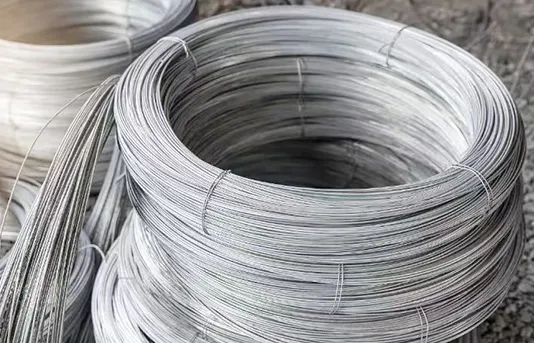-
 Phone:
Phone: -
 Email:
Email:

Exploring the Art and Techniques of Chain Link Fence Weaving for Durable Outdoor Solutions
The Art of Chain Link Fence Weaving
Chain link fences have become an iconic symbol of boundaries, security, and definition of spaces throughout our neighborhoods and industrial landscapes. Yet, the weaving of the actual chain link fabric is often overlooked as an art form in itself, combining both functionality and aesthetics in a unique manner.
History and Evolution
The origins of chain link fencing date back to the mid-19th century, with its invention attributed to a British manufacturer named Charles Barnard. He developed a machine that could produce woven wire fabric, enabling the mass production of fencing material. This innovation quickly spread across Europe and the United States, evolving into a popular choice for both commercial and residential applications.
Over the years, chain link fencing has seen various improvements in material and design technologies, impacting how we understand its construction and deployment. The weaving process began with basic galvanized steel wire, designed primarily for durability. Today, advancements have introduced a wide range of materials, including vinyl-coated wires that provide increased resistance to environmental elements and a more appealing aesthetic.
The Weaving Process
The process of chain link fencing weaving is a fascinating and intricate operation. It begins by sourcing quality materials, typically involving steel wire that is drawn to a desired thickness. The quality of the wire is crucial, as it must withstand tension and potential environmental threats while maintaining its structural integrity.
chain link fence weaving

The weaving itself takes place in a machine where the steel wire is first cut into manageable sections. These sections are then woven together in a crisscross pattern, creating the interconnected diamond shape that is characteristic of chain link fences. The machines are designed to ensure that each strand of wire is precisely positioned, creating a tight and uniform fabric.
This mechanical weaving process does not just focus on alignment; it also accounts for consistency in tension across the entire length of the fencing material. This is vital; any slack could lead to deformation and weaken the overall structure, making it prone to damage under stress.
Artistic Applications
While chain link fences are primarily utilized for practical purposes—providing security, outlining property lines, and containing pets—there is a growing appreciation for their aesthetic potential. Artists and designers have taken a creative approach to incorporate chain link fabrics into their work. By customizing the colors or incorporating plants and art into the fencing design, these installations can transform an ordinary boundary into a statement piece.
For instance, urban gardeners use chain link fences as trellises for climbing plants, combining form and function to create lush vertical gardens. Additionally, artists have utilized chain link as a canvas, draping fabric or lights to enhance the visual impact of the fencing. Communities have employed similar strategies to beautify public spaces, making chain link fences integral components in urban art initiatives.
Conclusion
Chain link fence weaving embodies a fusion of craftsmanship and innovation. As a versatile functional element, it serves various purposes while also offering avenues for creative expression. Understanding the weaving process and its evolution enhances our appreciation for this often-overlooked aspect of fencing. Whether used in a conventional manner or reimagined as an artistic installation, chain link fences will continue to define spaces in our ever-evolving landscapes. As we move forward, the art of weaving, combined with innovative designs, ensures that chain link fences will remain a relevant and integral part of our built environment.
-
Wire Mesh for Every Need: A Practical SolutionNewsJul.25,2025
-
Steel Fences: Durable, Secure, and Stylish OptionsNewsJul.25,2025
-
Roll Top Fencing: A Smart Solution for Safety and SecurityNewsJul.25,2025
-
Cattle Farm Fencing Solutions for Maximum SecurityNewsJul.25,2025
-
Affordable Iron Binding Wire SolutionsNewsJul.25,2025
-
Affordable Galvanized Wire SolutionsNewsJul.25,2025
-
Wire Hanger Recycling IdeasNewsJul.25,2025








